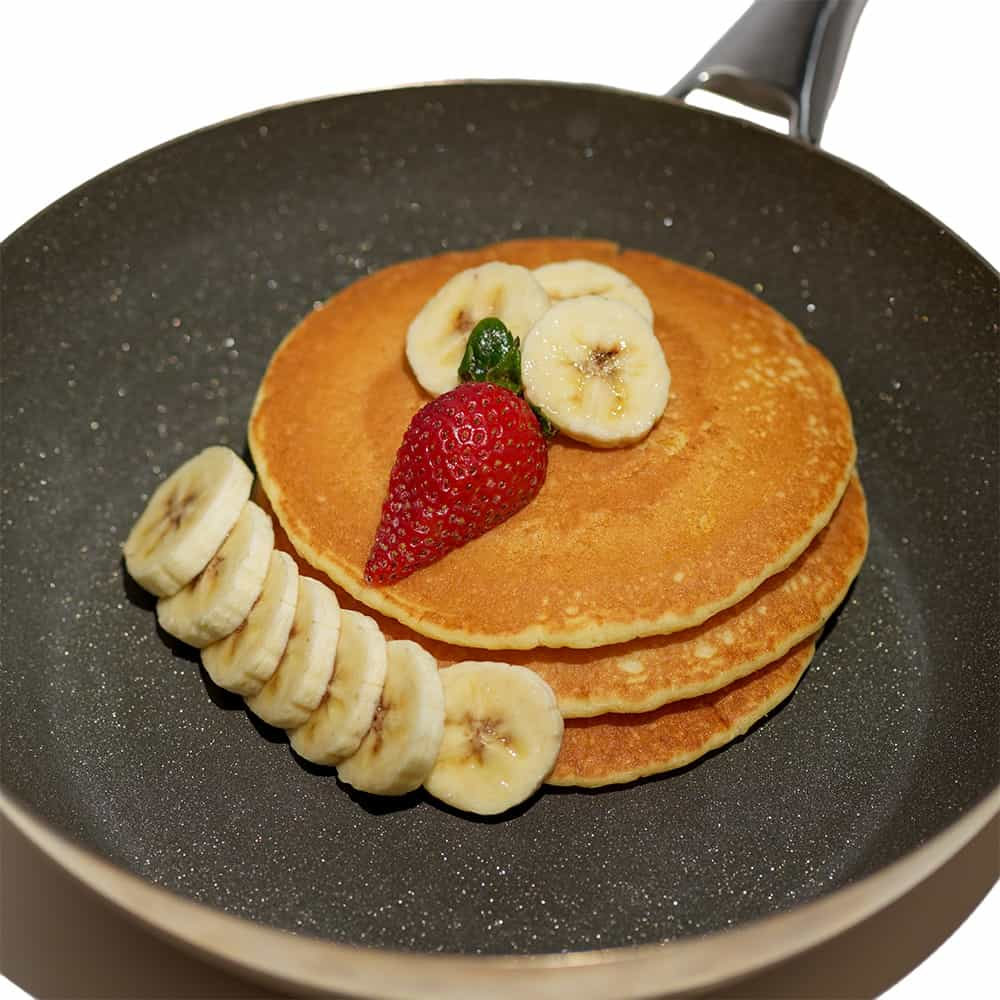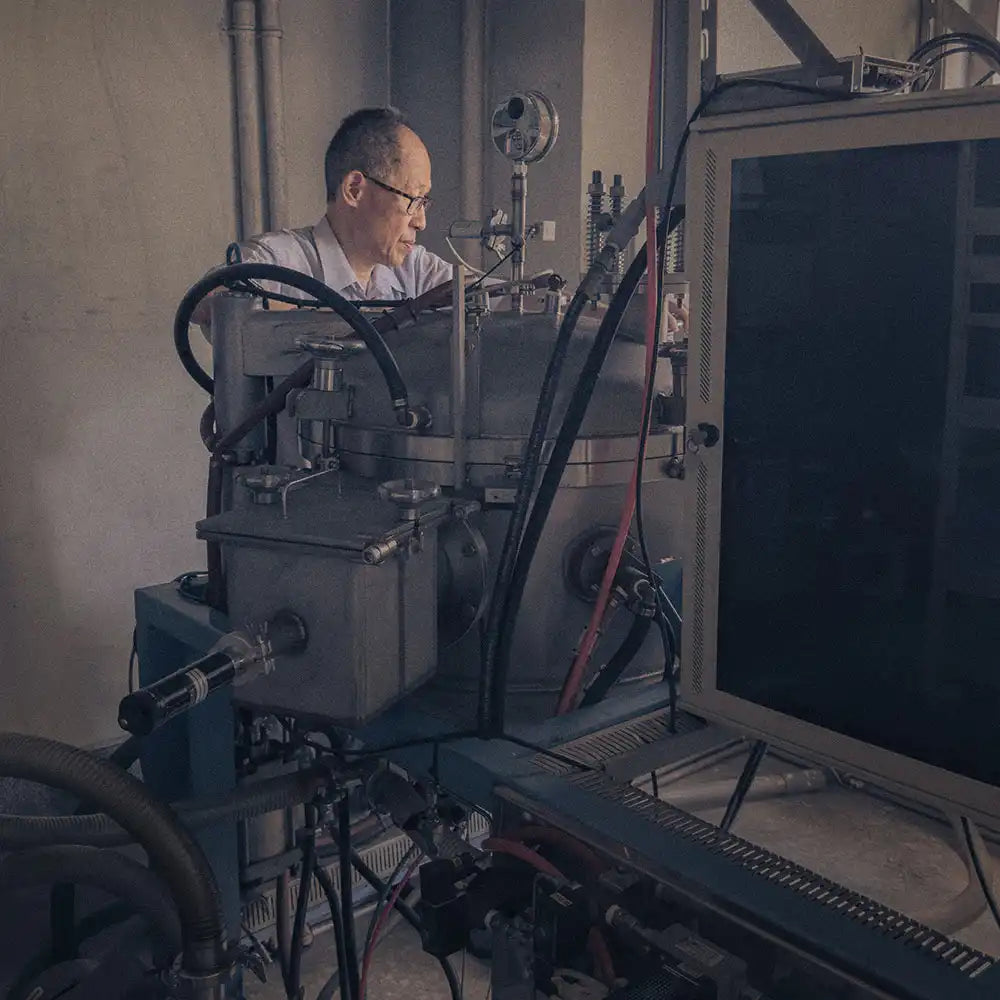
Maine’s PFAS Ban: How to Choose Safer Cookware Before 2026

Table of Contents
- Is Your Cookware Hiding "Forever Chemicals"?
- Maine’s PFAS Ban Timeline: What You Need to Know
- PFAS in Your Kitchen: How to Spot Risky Cookware
- Health Risks of PFAS: Why Your Pan Matters
- PFAS-Free Cookware Options: Traditional vs. Cutting-Edge
- Why Vacuum Brazed Diamond Cookware Stands Out
- FAQs: Your PFAS-Free Cookware Questions Answered
Is Your Cookware Hiding "Forever Chemicals"?
Did you know your favorite non-stick pan could be leaching toxic “forever chemicals” into your food? Starting January 1, 2026, Maine will ban PFAS (per- and polyfluoroalkyl substances) in cookware—a bold move to protect families and the environment. But with so many options on the market, how do you choose safer, high-performing alternatives? Let’s explore how to ditch PFAS without sacrificing convenience or flavor.
Maine’s PFAS Ban Timeline: What You Need to Know
Maine’s fight against PFAS began in 2021 with legislation targeting these persistent chemicals. Here’s the breakdown:
- 2023: Banned PFAS in carpets, rugs, and fabric treatments.
- 2026 (Key Date): PFAS prohibited in cookware, cleaning products, cosmetics, and more.
- 2032: All consumer products with intentionally added PFAS banned.
Why Maine is Leading the Charge
PFAS don’t break down naturally, contaminating water, soil, and even our bodies. Linked to cancer, thyroid disorders, and developmental issues, these chemicals pose serious long-term risks. While exemptions exist (like medical devices), the message is clear: Mainers deserve safer kitchens.
PFAS in Your Kitchen: How to Spot Risky Cookware
Most non-stick pans rely on PFAS-based coatings like PTFE (Teflon™). To protect your family:
- Look for “PFAS-Free” or “PTFE-Free” labels.
- Contact manufacturers if unsure—ask directly about PFAS.
Health Risks of PFAS: Why Your Pan Matters
PFAS accumulate in your body over time, increasing risks of:
- Liver damage and high cholesterol
- Weakened immunity
- Hormonal disruptions
- Certain cancers
Children and pregnant women are especially vulnerable. Switching to PFAS-free cookware isn’t just compliance—it’s a health priority.![]()
PFAS-Free Cookware Options: Traditional vs. Cutting-Edge
| Material | Pros | Cons |
|---|---|---|
| Cast Iron | Durable, natural non-stick | Heavy, requires seasoning |
| Stainless Steel | Versatile, easy to clean | Needs oil to prevent sticking |
| Ceramic | Lightweight, PFAS-free options | Less durable, may chip over time |
| Carbon Steel | Lightweight, heats quickly | Prone to rust without care |
Why Vacuum Brazed Diamond Cookware Stands Out
For Mainers seeking performance + safety, vacuum brazed diamond cookware is a game-changer:
- Zero PFAS, Zero Compromise: Real diamond crystals are fused to the surface at high heat—no chemicals needed.
- Built to Last: Diamonds (Mohs 10 hardness) resist scratches and won’t flake, even with metal utensils.
- Even Cooking: Superior heat distribution means no hot spots—perfect for searing, frying, or delicate sauces.
- Eco-Friendly Choice: Durable design reduces waste from frequent replacements.
💡 Budget Tip: Diamond-infused pans offer a cheaper PFAS-free alternative, but they lack the longevity of vacuum brazed options.
FAQs: Your PFAS-Free Cookware Questions Answered
Q: What makes vacuum brazed diamond cookware different?
A: Diamonds are permanently bonded to the pan in a vacuum chamber, creating a non-stick surface that’s tougher than traditional coatings.
Q: Is it worth the investment?
A: Absolutely. While pricier upfront, its durability means you’ll save money (and hassle) over time.
Q: Can I use metal utensils?
A: Yes! The diamond surface won’t scratch, so feel free to flip pancakes with that metal spatula.
Q: How does it compare to ceramic or cast iron?
A: It’s lighter than cast iron, more durable than ceramic, and heats more evenly than both.
The Bottom Line
Maine’s 2026 PFAS ban is a wake-up call to rethink our kitchens. While cast iron and stainless steel are reliable, vacuum brazed diamond cookware offers a future-proof solution: PFAS-free, indestructible, and designed for Mainers who value health and performance. Ready to make the switch? Your family—and the environment—will thank you.
References
- PFAS - Maine DEP
- PFAS in Maine - Maine DEP
- PFAS in Products - Maine DEP
- PFAS in Products: Currently Unavoidable Uses - Maine DEP
- National Institutes of Health: PFAS
- Our Current Understanding of the Human Health and Environmental Risks of PFAS - EPA
- How PFAS Impacts Your Health - CDC
- Understanding the Maine PFAS LD 1537 Consumer Products Law - Resource Center
- Maine Bill Changes Effective Date of Intentionally Added PFAS Bans | PackagingLaw.com
- Diamond Non-stick Surface and Cooking Utensils - USPTO Patent Center
- Diamond non-stick surface and cooking utensils - United Kingdom's Intellectual Property Office
- What Is Diamond Coating on Pans & Is It Safe? - diamondPans
- Safest Cookware: Diamond-Infused vs. Teflon - diamondPans
- Is Diamond Coating on Pans Safe? A Quick Answer + What You Need to Know
- Why Diamonds Are Naturally Nonstick? - diamondPans
- How to Choose Diamond Cookware: Carat Weight Matters Most - diamondPans
- What are PFAS and Why Should People Choose PFAS-Free Cookware? - diamondPans
- PFAS-Free Diamond Cookware: The Comprehensive Nonstick Guide for American Home Cooks - diamondPans
- PFAS in Cookware: Safer Kitchen Choices for Healthier Living - Consumer Notice
- Undisclosed PFAS coatings common on cookware, research shows - Ecology Center
- Is Diamond Coating the Same as Teflon? What Is Diamond Coating on Pans? - diamondPans
- What Is Diamond Coating on Pans & Is It Safe? - diamondPans
- What’s the Safest Cookware? Unveiling Diamond-Infused vs. Teflon - diamondPans
- All about "forever chemicals" in non-stick pans - San Francisco Environment Department
- Our Current Understanding of the Human Health and Environmental Risks of PFAS
- What to Know About PFAS | Johns Hopkins | Bloomberg School of Public Health
- PFAS and Health - IN.gov
- EPA Releases Draft Risk Assessment to Advance Scientific Understanding of PFOA and PFOS in Biosolids
- States' Growing Efforts to Eliminate PFAS - ASTHO


